Spaceships equipped with firepower have been a familiar concept, often seen in science fiction movies or games with a main space war setting.
However, in reality, this is still a controversial topic in the scientific, military and international legal communities.
Although there is no official evidence of a manned spacecraft being equipped with weapons, the history of the development of military space programs and modern weapons technology raises many hypotheses about this possibility in the future.
What happens when you shoot a gun in space?

Firing a gun in space would be very different than on Earth due to the vacuum environment (Photo: Reddit).
Unlike on Earth, firing a gun in space will create some special effects, due to the zero gravity and vacuum environment.
The first thing is that the bullet can still be fired normally, because modern guns do not need oxygen to burn the gunpowder, but have an oxidizer inside the bullet. However, because space is a vacuum, meaning there is no air to transmit sound waves, you will not hear the gunshot.
For a bullet that is fired, it will likely continue to travel in its orbit indefinitely, unless it encounters an object like a spacecraft, planet, or is pulled in by the gravity of a celestial body. That's because a vacuum environment has no air to create resistance.
In addition, some factors also need to be carefully calculated when using space firepower, which are thrust and temperature.
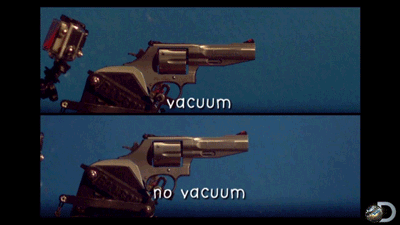
Tests have calculated the impact of shooting in microgravity, but are certainly not enough to ensure safety in real-world conditions (Photo: Discovery).
Specifically, according to Newton's third law, a bullet moving forward at a high speed will create a reaction force in the opposite direction, causing the astronaut or spacecraft to experience a recoil force.
However, since the mass of the shooter is much larger than the bullet, the recoil force will be smaller but still significant in a microgravity environment.
In addition, the temperature of the gun can increase significantly, due to the lack of air to dissipate heat. This causes the gun to heat up more than usual when firing continuously.
Of course, this is just the basic principle of a gun when fired in space. In fact, there are many other weapons that can damage a target without having to fire a bullet.
Is space warfare a reality?
During the Cold War, the United States and the Soviet Union competed to develop space weapons to gain strategic advantage. One notable project was the Soviet Polyus in 1987, which was designed to carry laser weapons, but was unsuccessful.
The US also had President Reagan's "Star Wars" (SDI) program in 1983, with the goal of developing space-based missile defense systems. Although neither of these programs came to fruition, they opened a new direction in the militarization of space.
Many countries are currently developing anti-satellite weapons (ASAT). These weapons are not directly installed on spacecraft but can be launched from the ground or from orbital platforms to disable enemy satellites.
Some of the weapons that could be carried on spacecraft include laser weapons to blind or destroy satellite sensors, anti-satellite missiles, small guns, and kinetic weapons that use high-speed collisions to destroy targets.
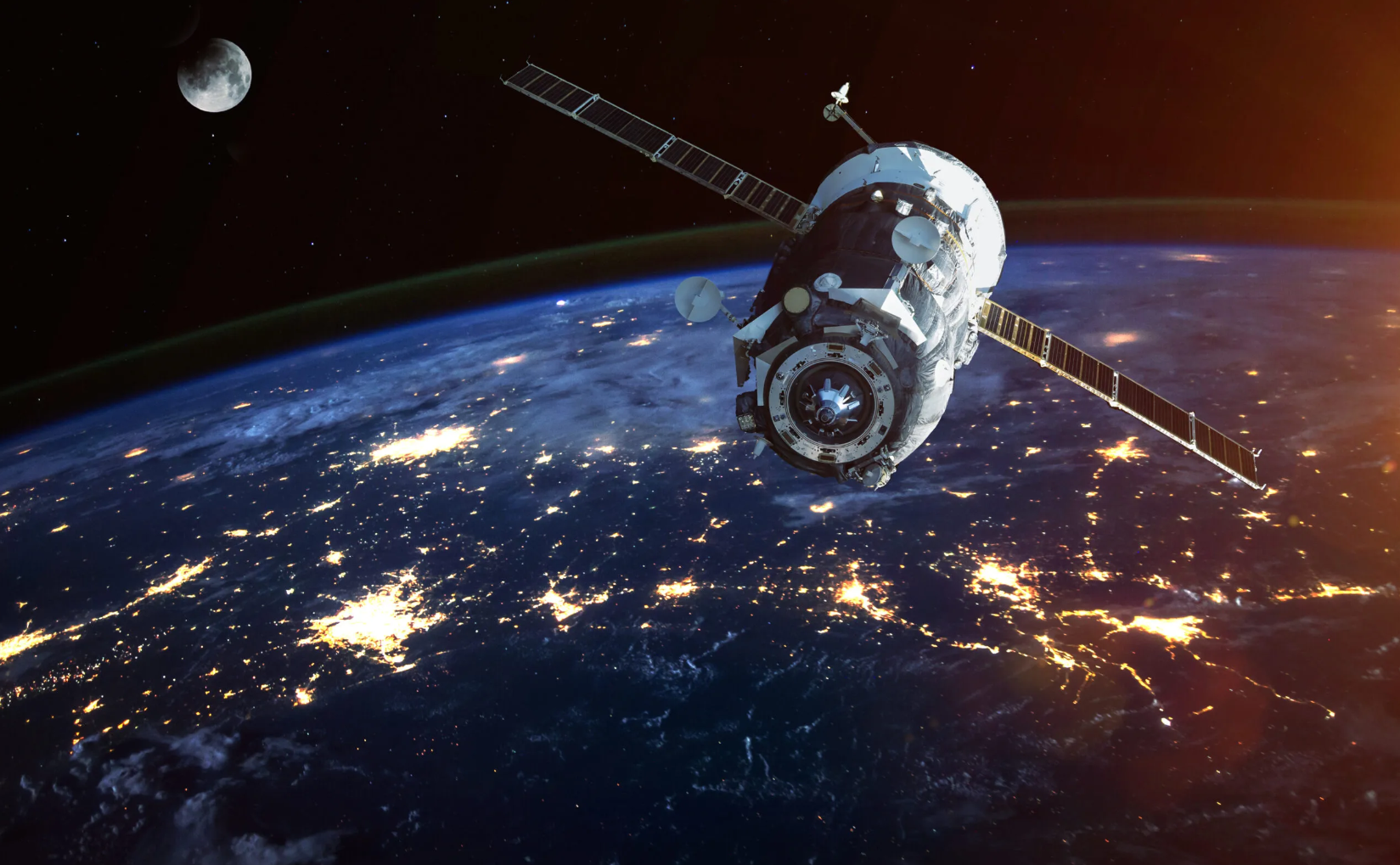
It is entirely possible that spacecraft could be armed if the space arms race continues to escalate (Photo: Getty).
In fact, Soviet cosmonauts used to carry TP-82 guns on Soyuz spacecraft for self-defense in case of emergency landing, but not for space combat.
Legally, the 1967 Outer Space Treaty (OST) stipulates that outer space must be used for peaceful purposes and prohibits the deployment of weapons of mass destruction.
However, the treaty does not completely ban conventional weapons, creating a legal vacuum that some countries can exploit to develop space weapons systems. In addition, efforts to conclude the Treaty on the Prevention of an Arms Race in Outer Space (PAROS) have yet to reach international consensus.
Potential firepower types equipped for spacecraft can be listed as:
- Laser weapons, with the mission of blinding or destroying enemy satellite sensors.
- Anti-satellite missiles, allowing attacks on satellites from long distances.
- Small guns, used in emergencies, similar to the TP-82 guns that Soviet astronauts once carried.
- Kinetic weapons, use high-speed collisions to destroy targets.
The topic of space warfare was raised in the context of many superpowers having their own secret campaigns, in which not much was revealed about the purpose, as well as the level of detail when deployed in space.
Some notable military spacecraft projects today include the US X-37B, an unmanned spacecraft capable of carrying out secret missions lasting months in space.
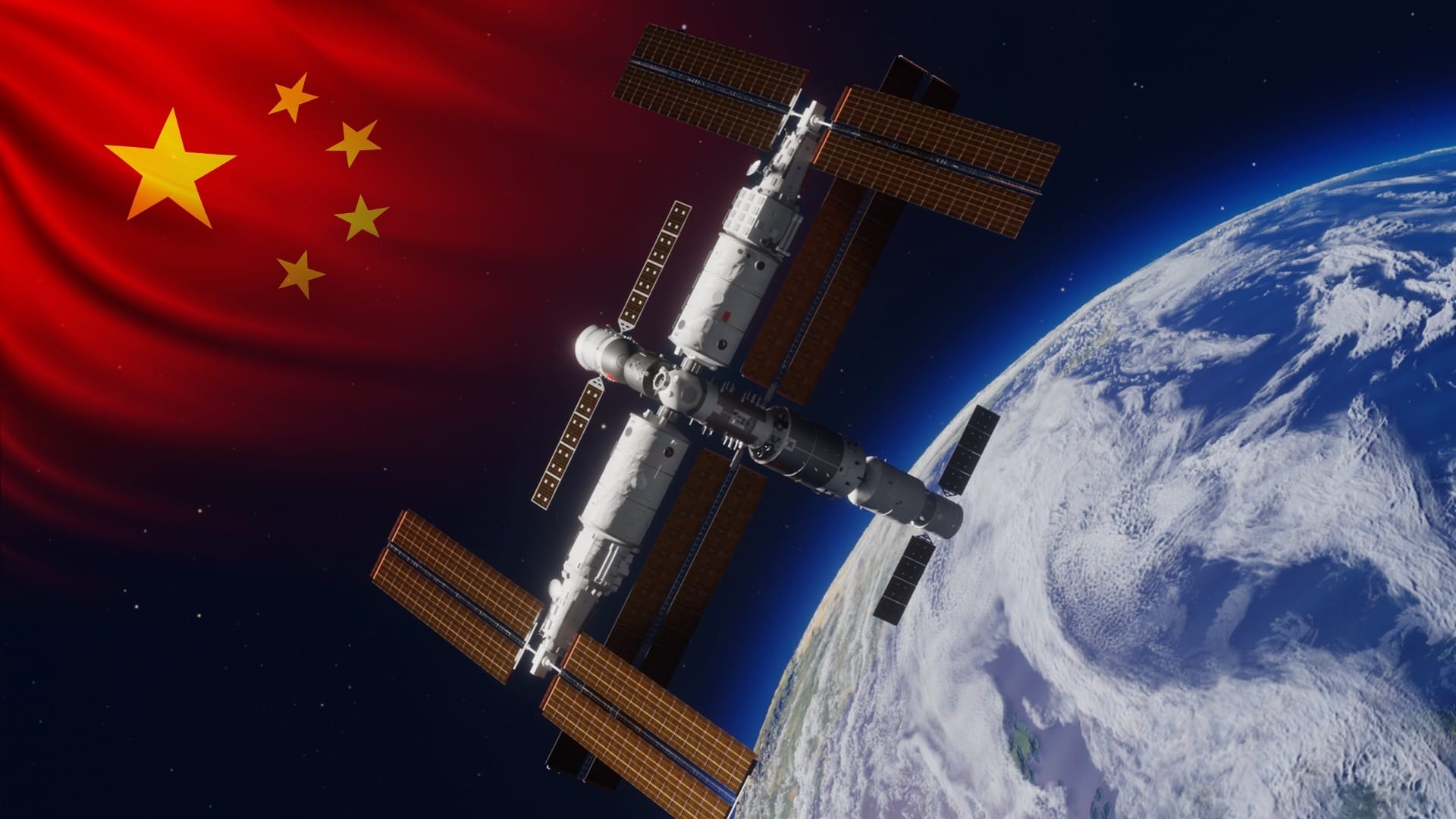
China claims that the Tiangong space station is only for scientific research purposes (Photo: Star Walk).
China is also developing the Tiangong Space Station with expanded capabilities, raising concerns about the integration of military systems. In addition, many military satellites are now equipped with jamming technology or kinetic weapons to counter targets in orbit.
In the future, it is entirely possible that spacecraft will be equipped with weapons if the space arms race continues to increase.
Although there is no official evidence of manned spacecraft being equipped with firepower, the rapid development of technology and gaps in international law are posing many challenges to the control of space weapons.
Without a comprehensive set of laws governing this issue, the risk of outer space becoming a new battlefield is no longer far-fetched.
Source: https://dantri.com.vn/khoa-hoc/tau-vu-tru-trang-bi-hoa-luc-lieu-dien-anh-co-tro-thanh-hien-thuc-20250401094656600.htm









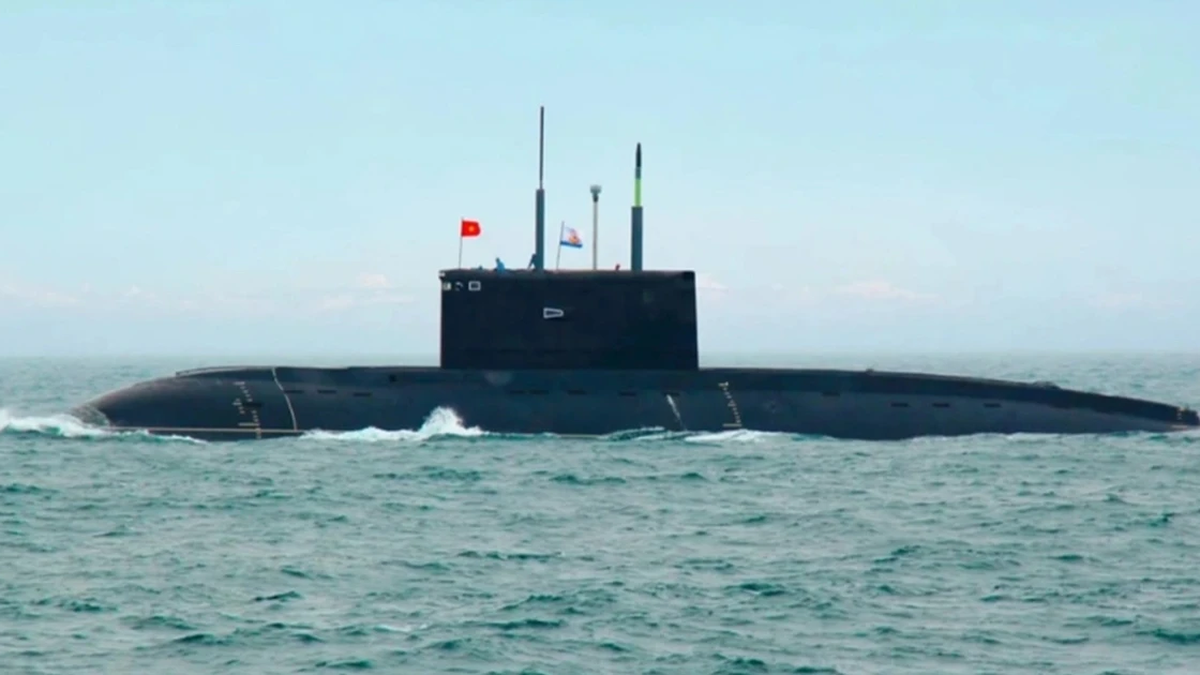













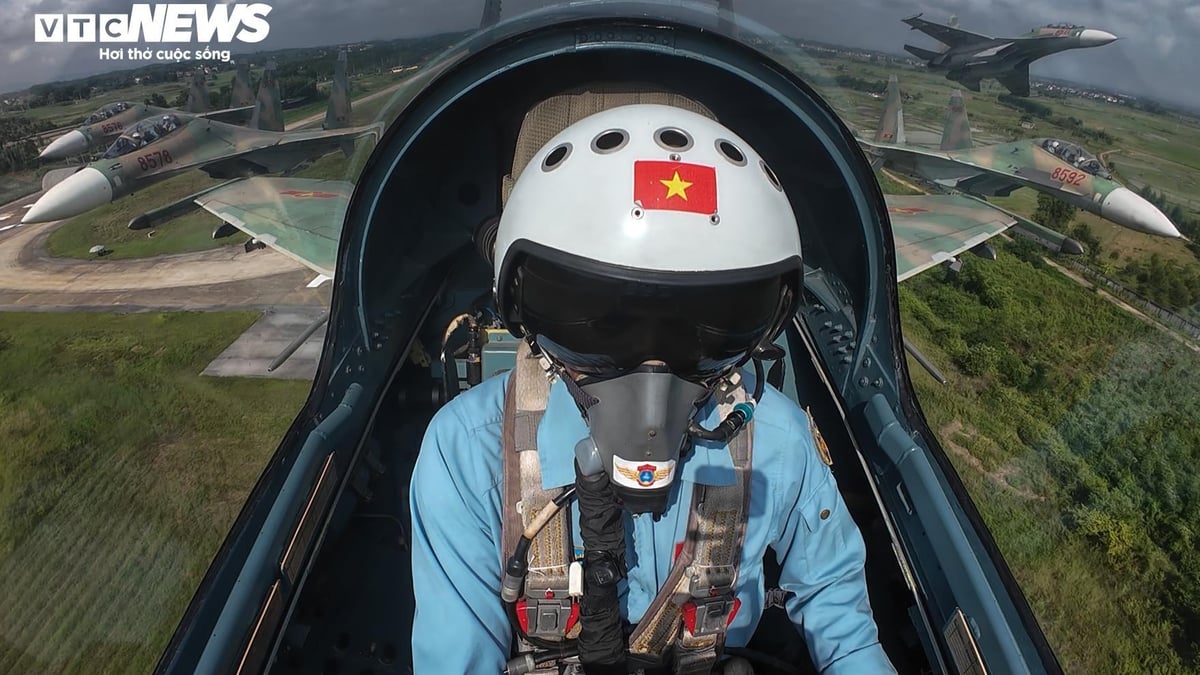
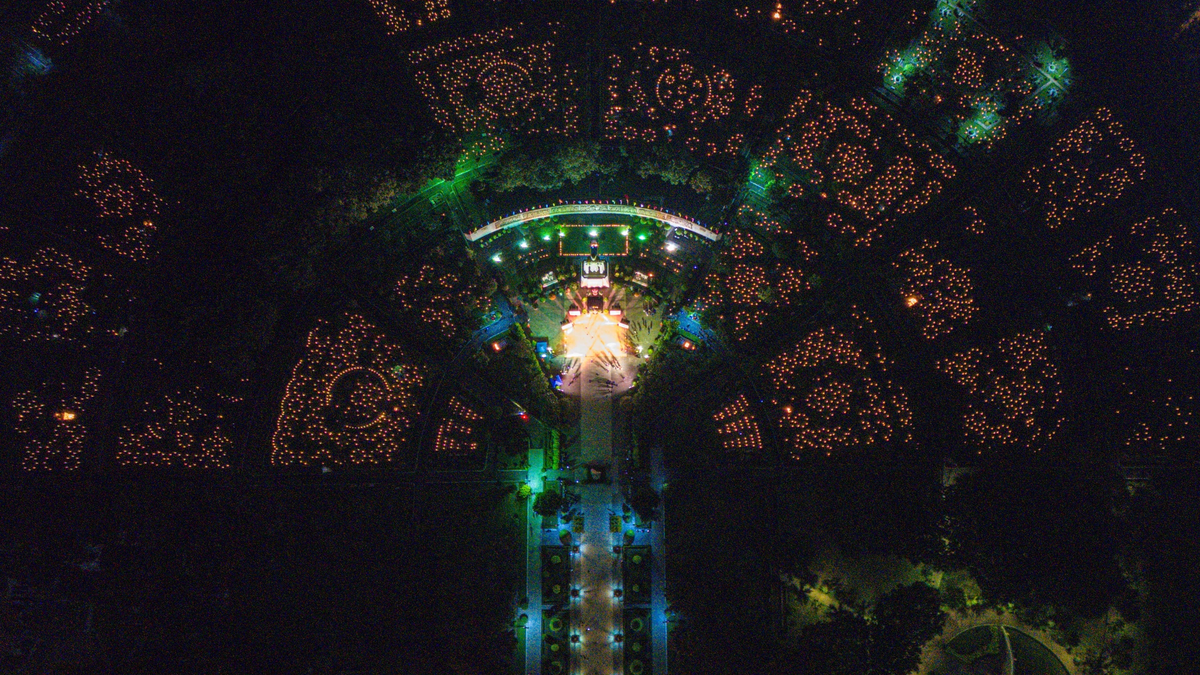













































































Comment (0)